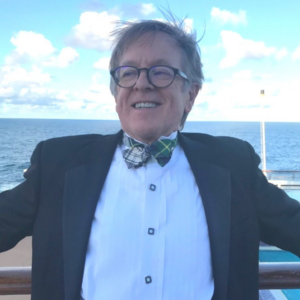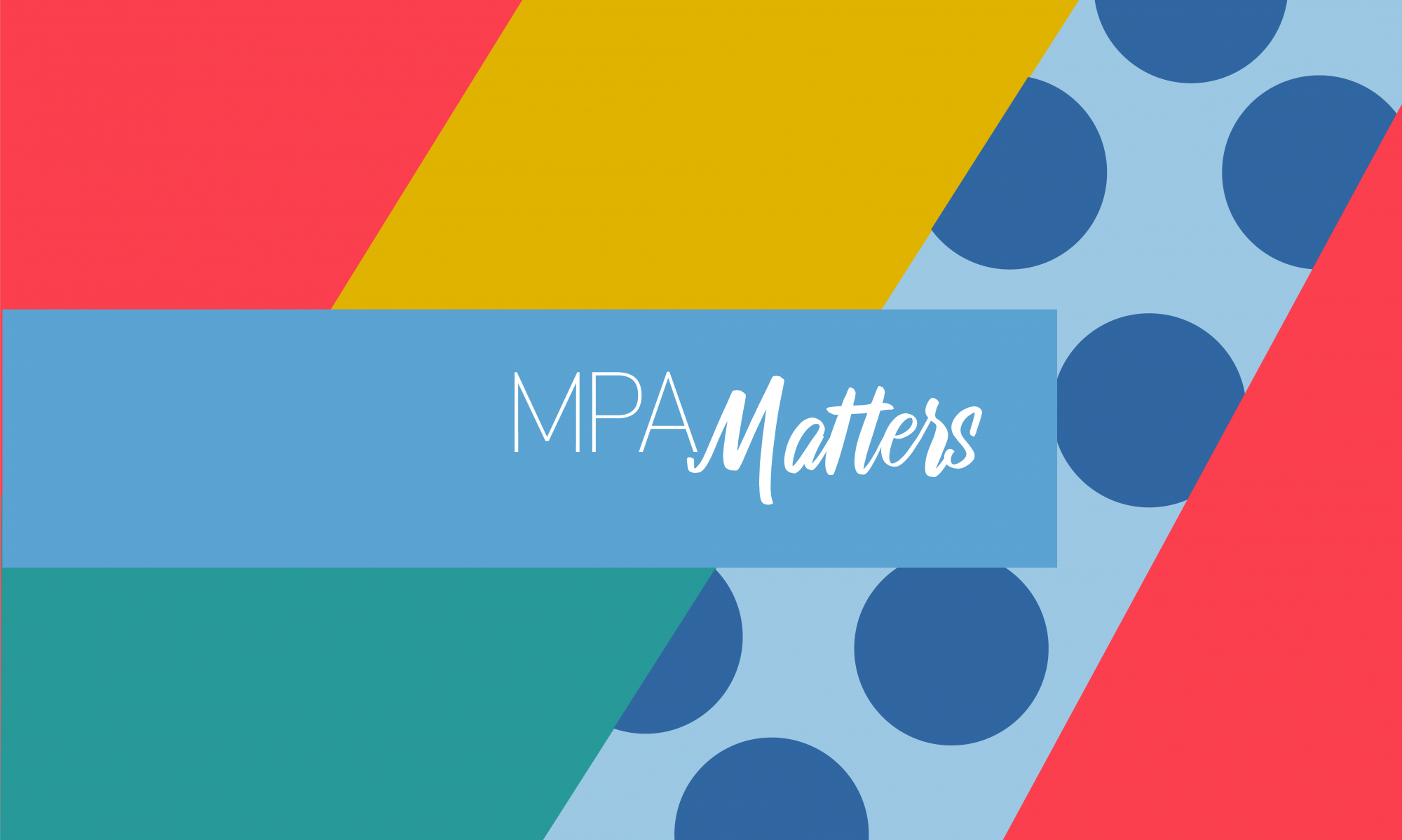This post was written by Stephen Thompson, MPA Current Student
In 1986, Lyman Collins was finishing his Master of Public Administration degree from UNC. In 1986, I was but a twinkle in my mother’s eye. In the years that followed Lyman would go on to work in and for the arts at nationally recognized schools such as the University of Virginia, Western Illinois University, and UNC-Greensboro. I, myself would go on to be born, eventually learning to walk and talk. In August of this year I was introduced to Lyman through my UNC mentor (another MPA alum); Lyman was my mentor’s mentor. I was excited to talk with my grand-mentor about how the MPA program shaped his approach to public administration, how he’s seen the program evolve over the years, and what advice he has for scrappy young 1st years like myself. Ever an insightful figure, Lyman shed some light on how connections are made in the public sector, emphasized that hard data is what wins over public officials, and to always keep an eye out for opportunities.
What drew you to want to be a mentor/what keeps you coming back?
When I entered the MPA program (back in the stone age….) I was the only one in my class looking for a career in the arts – and, while the faculty was supportive of my direction, it was a rare one. Serendipitously, the NC Center for Public Policy Research was focusing on arts policy in state government and had a graduate assistantship opportunity available. I wrote three articles for their publication NC Arts Insight: “The North Carolina Arts Council”, “Baskets & Ballet: Making Arts Policy in North Carolina” and “Federal Budget Cuts to Culture: How Keen the Axe?”. A few years later an MPA student reached out to me as she had used info from the articles in her research. It was great to know there were others in the program with a goal of arts administration. Since then, as there have been more and more such students, I have been happy to provide perspectives and encouragement. I firmly believe the arts to be an important part of government services at all levels and am glad to continue to help graduates spread that message.
How have you seen the program change over the years?
The most obvious change, of course, was going to a full two-year curriculum. […] It does seem like the program is broader now and accommodates more and more students who are not necessarily looking to just become city managers.
What trends do you see continuing in the future for Arts Advocacy/Public Admin?
Overall, I have seen more and more municipal governments come to understand the role the arts can play as part of expected levels of service. More and more you can see that parks and recreation departments have added “cultural resources” (or something similar) to their titles. Or sometimes cities have established stand-alone cultural services departments. Also, it has become much more common for there to be a wider array of government grants (at all levels) available to support cultural programs.
One of the most visible trends has been the growing number of public art programs across the country. This aspect has become more and more associated with good planning and effective ways to create a sense of place. In some places (Cary is one example) having a municipal public art program has encouraged private developers to incorporate public art pieces into their developments. Probably the most publicized trend is the emphasis on the arts as an engine of economic development. … [T]he most recent [American’s For The Arts] survey … was released in 2016 and showed that for North Carolina the non-profit arts industry employed almost 72,000 people with a total spending of $2.1 billion which generated almost $107,000,000 in state government revenue and an additional $94,500,000 in local government revenue. Obviously, the pandemic has had an effect […] but I think it is safe to say that the arts will be back as an important economic driver.
What is some advice you’d give current MPA students looking to get into arts advocacy?
Make sure to understand the growing role the arts are continuing to play in local government. Be prepared to articulate how the arts really are a vital (and increasingly expected) part of governmental responsibilities. To that end, make sure to do the research with arts professionals and artists in your communities. Also understand the national picture – and Americans for the Arts is an excellent resource in that regard: www.americansforthearts.org
What is your next personal/professional goal for 2022?
Upon my retirement, I acquired the moniker “arts evangelist” which is an apt description of how I hope my post-career career pans out. I have always believed in the inherent power of the arts and have been exploring projects to keep my focus on spreading this gospel. To that end I have continued to be involved in a variety of arts related activities and organizations and use that involvement to help others find their voices. I hope I can continue to be a resource for young professionals and others looking to keep motivated in their careers. My most recent examples include service on the board of directors for Triangle ArtWorks, service on the planning committee for Arts North Carolina’s Arts Day next March and volunteer coordinator of the North Carolina Presenters Consortium’s Art Market in November.

